Can you do Brainspotting for Children and Teenagers?
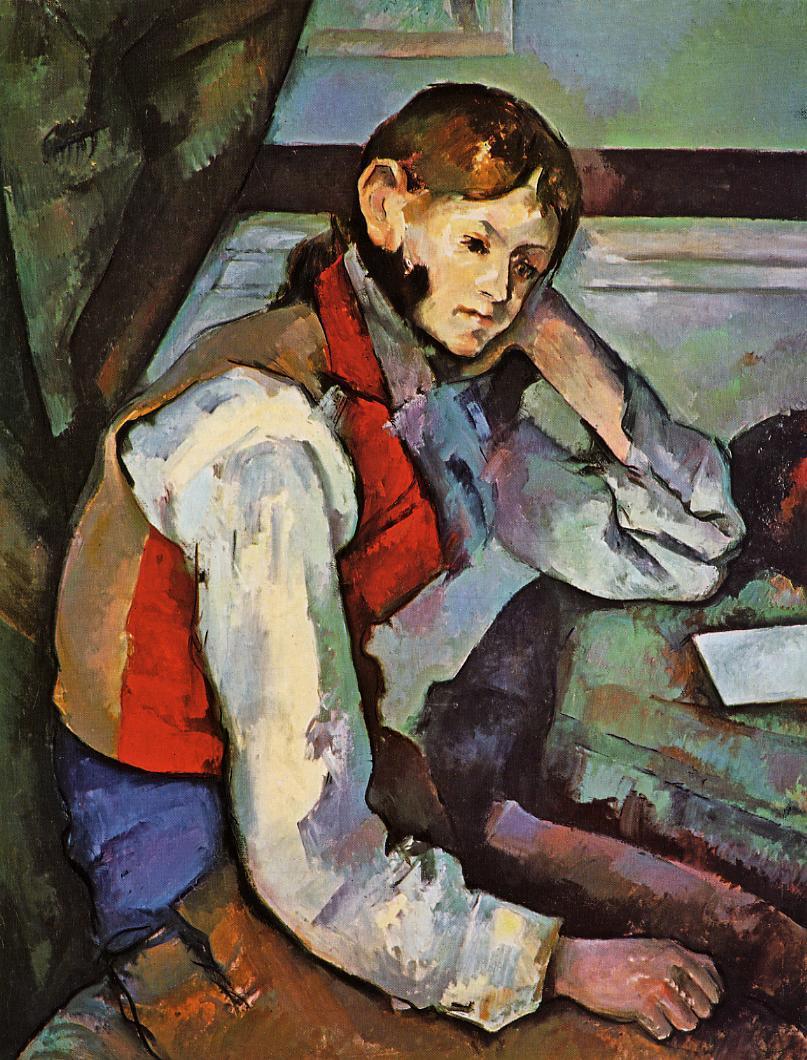
Brainspotting is a powerful therapeutic technique that is gaining popularity for its ability to help people process unresolved trauma, negative emotions, and behavioral challenges. But many people wonder: Can Brainspotting be used with children and teenagers? The answer is a resounding yes. In fact, this gentle yet potent modality can be especially effective for young people whose brains and emotions are still developing.
We’ll explore how Brainspotting works, what sorts of issues it can treat in children and teens, and what a typical session looks like. We’ll also address some common questions like whether Brainspotting can be done via teletherapy and how the process differs with younger clients versus adults.
What is Brainspotting and How Does It Work?
Brainspotting (BSP) is a relatively new therapeutic approach developed by Dr. David Grand that evolved out of his work with Eye Movement Desensitization and Reprocessing (EMDR) therapy. Like EMDR, BSP is based on the idea that trauma and negative experiences can get “stuck” in the non-verbal, non-cognitive areas of the brain, leading to a variety of mental health symptoms and behavioral issues.
The goal of BSP is to access and process these unresolved traumas through focused visual attention. The therapist helps the client identify a “brainspot,” an eye position that activates a traumatic memory or feeling. While keeping their eyes fixed on this spot, the client is encouraged to observe and mindfully experience their physical sensations, emotions, and thoughts without judgment. The therapist provides gentle guidance and bilateral sound stimulation to help deepen processing.
This process allows the brain to naturally integrate and release stored traumas in a way that traditional talk therapy often cannot. Clients often feel a profound sense of relief, clarity, and empowerment after just a few BSP sessions.
What Issues Can Brainspotting Help With?
BSP can be used to treat a wide range of psychological and somatic issues in children, teens, and adults. Some common applications include:
- Post-Traumatic Stress Disorder (PTSD)
- Anxiety disorders
- Phobias and panic attacks
- Depression
- Grief and loss
- Anger management issues
- Behavior problems
- Attention Deficit Hyperactivity Disorder (ADHD)
- Sports performance anxiety
- Creative blocks
- Stress-related physical problems like headaches and digestive issues
For young people in particular, BSP can help address issues like:
- Attachment trauma from early neglect or inconsistent caregiving
- Bullying and social rejection
- Academic pressure and test anxiety
- Low self-esteem and poor self-image
- Childhood abuse or domestic violence
- Divorce and family changes
- Chronic illness and medical trauma
- Substance abuse and self-harming behaviors
How Brainspotting Works with Children and Teens
The BSP process is similar for kids and teens as it is for adults, with some key modifications to make it more engaging and developmentally appropriate. For example:
- Sessions are usually shorter, around 30 minutes for younger kids and 45-50 minutes for teens.
- The therapist may incorporate drawing, sand tray, puppets, or sculpting to help the child express their inner experience non-verbally.
- Older kids and teens can use a pointer or laser to identify their brainspot rather than just their eyes.
- The therapist may teach simple breathing and grounding techniques to use as resources outside of sessions.
- Parents are often included in sessions, either to co-regulate the child or to process their own feelings that come up around the child’s experience.
One huge benefit of BSP for children is that it does not require them to talk about their trauma in detail, which can be re-traumatizing. They do not even need to have a cognitivee understanding of what happened to benefit from processing with BSP. This makes BSP an excellent early intervention tool for treating developmental trauma and attachment wounds that occurred before the child was verbal.
Teens tend to be very receptive to BSP because it is a non-invasive process that allows them to remain in control. They don’t feel put on the spot to share intimate details but can express as much or as little as they choose. Many teens report feeling “lighter” and clearer after BSP sessions without necessarily understanding how it worked.
Can Brainspotting Be Done Via Teletherapy?
The short answer is yes, absolutely! Many BSP therapists are now offering virtual sessions through secure video platforms due to the pandemic. While being in person can enhance the relational rapport and emotional attunement, all of the core elements of BSP can be facilitated remotely.
For remote sessions, the therapist will help the client set up a quiet, private space at home where they can focus without interruptions. They will guide the client to use their own pointer (like a pen) to locate brainspots and will do bilateral music or nature sounds through the computer speakers. Kids and teens may actually prefer the virtual format as it allows them to do sessions in the comfort and safety of their own rooms or a cozy blanket fort.
Teletherapy also makes BSP more accessible for busy families who might struggle to fit in-person appointments into packed schedules. Parents don’t have to worry about transportation time and can be more available to join sessions as needed.
What a Child or Teen Brainspotting Session Looks Like If you’re considering Brainspotting for your child or teen, you might wonder what an actual session entails. Here’s a general outline, keeping in mind that the therapist will tailor the process to your child’s unique needs and preferences:
- Check-in and resource building: The therapist will start by checking in with your child about their feelings and any recent events they want to share. They may teach or practice a coping skill like deep breathing or imagining a peaceful place.
- Accessing the issue: The therapist will help your child get in touch with the problem they want to work on, often by asking about physical sensations, images, or memories associated with it. For younger kids, they may invite them to sculpt or draw a representation of “the yucky feeling” or “the part that feels scary.”
- Finding the Brainspot: Using a pointer or just their eyes, the child will scan their visual field while noticing how the sensations or feelings shift in their body. The therapist will help them identify the eye position that feels most activated or resonant with the issue.
- Focusing and processing: The child will keep their eyes fixed on the Brainspot while the therapist provides bilateral stimulation, usually music or nature sounds alternating between the right and left ears. They’ll encourage the child to notice whatever comes up without trying to change it. This processing period may last anywhere from a few minutes to half an hour.
- Closure and debrief: The therapist will gently close the processing when they notice a natural stopping point or the child feels complete. They’ll help the child transition back to the present with grounding and containment techniques. If the parent has been present, the therapist may debrief with them about what to expect in the coming days.
It’s important for parents to know that processing may continue after the session ends as the brain keeps integrating new neural pathways. Some kids may feel exhausted, emotional, or “out of sorts” for a day or two. Others may have an immediate sense of relief and lightness. The therapist will likely recommend that the child take it easy and do lots of self-care in the days between sessions.
Bibliography:
- Grand, David. Brainspotting: The Revolutionary New Therapy for Rapid and Effective Change. Sounds True, 2013.
- Corrigan, Frank M., and David Grand. “Brainspotting: Recruiting the Midbrain for Accessing and Healing Sensorimotor Memories of Traumatic Activation.” Medical Hypotheses, vol. 80, no. 6, 2013, pp. 759-766. https://doi.org/10.1016/j.mehy.2013.03.005
- Fatter, Dominique M., and William J. Rathod. “Using Brainspotting With Children and Adolescents.” Brainspotting: The Revolutionary New Therapy for Rapid and Effective Change, by David Grand, Sounds True, 2013, pp. 199-214.
- Masson, Joanne, et al. “Efficacy of Trauma Treatments in Children: A Systematic Review and Meta-Analysis.” Journal of Traumatic Stress, vol. 34, no. 4, 2021, pp. 716-730. https://doi.org/10.1002/jts.22710
- Ferreira, Rosana, et al. “Brainspotting Therapy in the Treatment of Panic Disorder With Agoraphobia.” The European Proceedings of Social and Behavioural Sciences, 2021. https://doi.org/10.15405/epsbs.2021.05.02.92
- Grand, David. “Healing From the Inside Out Using Brainspotting.” Healing the Heart of Trauma and Dissociation with EMDR and Ego State Therapy, edited by Carol Forgash and Margaret Copeley, Springer Publishing Company, 2007, pp. 255-268.
- Hildebrand, Anja, et al. “Case Report: Brainspotting – A Promising New Therapy for the Treatment of Post-Traumatic Stress Disorder.” European Journal of Psychotraumatology, vol. 11, no. 1, 2020. https://doi.org/10.1080/20008198.2020.1789320
- Sersen, Eileene. “Brainspotting as a Transpersonal, Spiritually-Oriented, Body-Centered Therapy.” NeuroQuantology, vol. 16, no. 5, 2018. https://doi.org/10.14704/nq.2018.16.5.1312
- Cook, Joan. “Intensive Trauma-Focused Therapy for PTSD in Children and Adolescents.” Current Treatment Options in Psychiatry, vol. 6, 2019, pp. 188-198. https://doi.org/10.1007/s40501-019-00177-9
- Corrigan, Frank. “Traumatic Memory Processing Using Brainspotting.” Journal of Addiction, Addiction Therapy, and Mental Health, vol. 2, no. 1, 2020, pp. 1-5. https://doi.org/10.33552/JAATMH.2020.02.000529

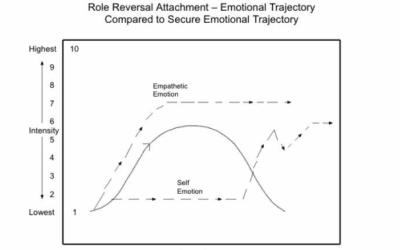




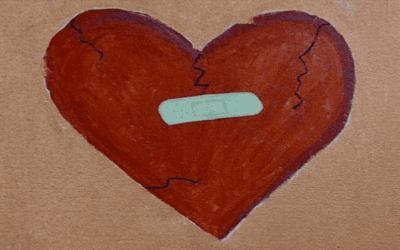

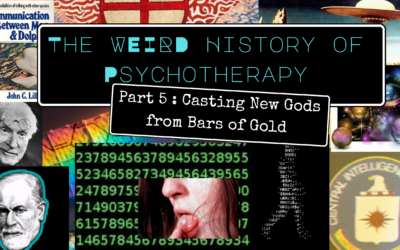











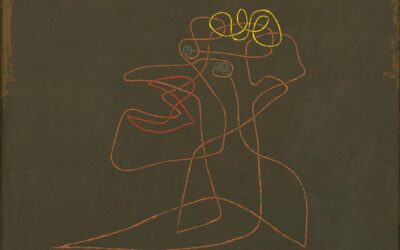




0 Comments